“Completely committed to the development of young talent”: Introducing Liverpool Biennial’s Associate Artists Programme
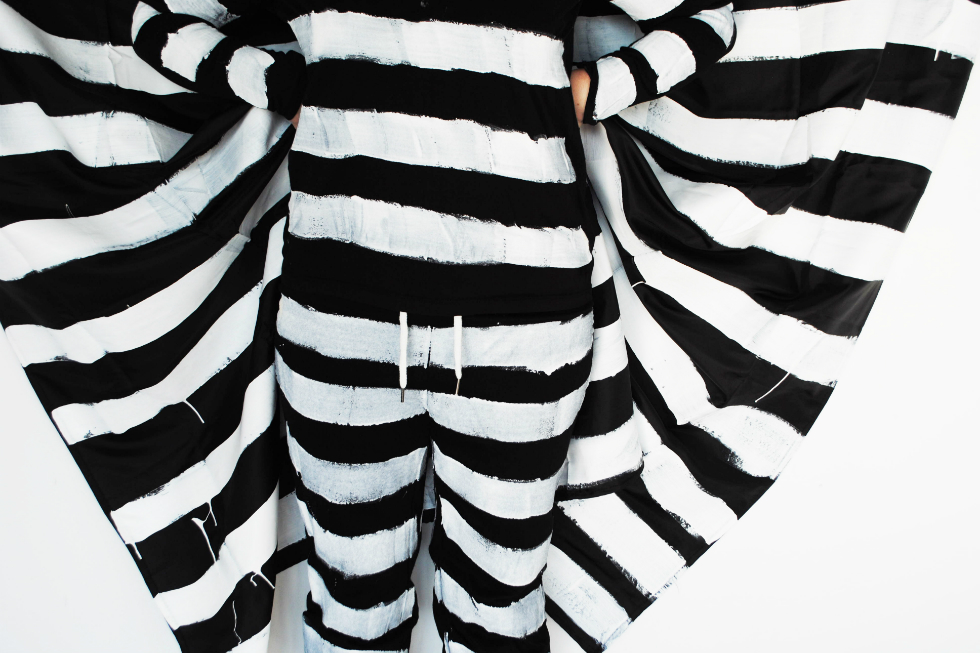
In offering international travel expenses, curatorial mentorships and commissions, Liverpool Biennial is giving artists based in the North just what they need. Jack Welsh speaks to the people involved about how more responsive relationships between institutions and associate artists can mediate a critical gap in provision…
In 2015, Chisenhale Gallery commissioned Rebecca Gordon-Nesbitt to map the current landscape of professional development programmes offered by arts organisations across the UK. While acknowledging that professional development is a contentious term, Gordon-Nesbitt’s study identified two definitions of artist development activities; firstly, the advancement of practice in regards to exhibitions, commissions and sales; and secondly, supporting artists’ to develop the infrastructure required to build professional networks and forge new opportunities relevant to their career trajectory.
Arts writer and researcher Dany Louise notes that traditional artist associate programmes, provided by an established arts institution offering longitudinal support to a handful of artists, are becoming increasingly rare due to dwindling funds and resources. New models of paid artist associate schemes, such as Mark Devereux Projects and Castlefield Gallery Associates, offer valuable critical development programmes that are individually tailored to artists own practice.
However, the importance of developing international networks, a vital part of a successful career, has long drawn many artists from the North to the artistic behemoth that is London.
So, it was with great interest to receive a press release at the beginning of February announcing a major new initiative: Liverpool Biennial Associate Artists Programme.
The laconic release outlined how, in partnership with New York-based Independent Curators International (ICI) and Joe Fletcher Orr’s Liverpool-based Cactus Gallery, and supported by significant investment from Arts Council England, the new initiative aims to support artists based in the North of England to develop their careers internationally.
The announcement followed swirling whispers of a clandestine nomination and selection process, which has resulted in 10 – really 11 – artists selected: Simeon Barclay (Leeds); Jacqueline Bebb (Chester); Lindsey Bull (Manchester); Robert Carter and Lauren Velvick (Manchester); Nina Chua (Manchester); Matthew Crawley (Leeds); Frances Disley (Liverpool); Daniel Fogarty (Manchester); Harry Meadley (Leeds); and Stephen Sheehan (Birkenhead).
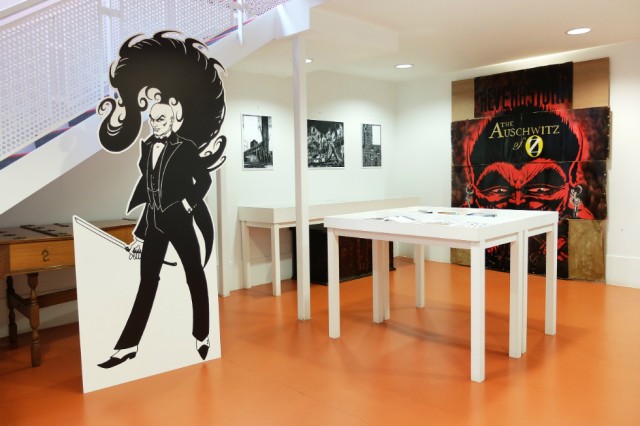
While not much is yet known beyond the initial release, the positive response to the announcement suggests that artists are intrigued by what’s on offer: new international networking opportunities, assigned curatorial mentors and the chance to present work within the context this year’s Biennial. Exciting, yet enigmatic, stuff.
Francesca Bertolotti-Bailey, head of production and international projects at Liverpool Biennial, is one of the lead contacts for the initiative. Bertolotti-Bailey told me how the Biennial invited a range of national curators to nominate artists for the scheme. “Our criteria was that artists needed to live in the North of England and who would benefit now from the programme,” she says. “This resulted in an interesting list of 40 artists; the quality was very high.”
An international panel of 10 selectors, including Chris Fitzpatrick, director of Kunstverein München (Munich) and Katharine Stout, head of programmes at the Institute of Contemporary Arts (ICA, London), studied the list before meeting in Liverpool to whittle the 40 down to 10, over an intense portfolio session and debate.
Since the announcement, the Associate Artists programme has been building momentum behind the scenes, as Bertolotti-Bailey elaborates. “ICI have now matched the associate artists with 10 international curators/mentors. Our first meeting and networking session will be held in Liverpool at the end of March in order to develop individual schedules of work for the artists over the next two and a half years.”
Each artist will receive money and support to work with their respective curatorial mentors internationally. The opportunity to jet off – without cost – to absorb rich new cultural experiences, and build new networks at global art events (Manifesta 11 or Gwangju Biennale, perhaps?) is clearly a mouth-watering proposition for any artist.
It seems Liverpool Biennial’s existing relationship with ICI offered an opportunity to amplify the international scope of the initiative. “Aside from ICI’s deep global knowledge of established curators”, Bertolotti-Bailey continues, “and it being an encyclopaedia of international networks, our partnership was also because ICI are completely committed to the development of young talent. It’s almost a natural choice; we couldn’t think about any other organisation better suited.”
In the summer, the Associate Artists will meet again to showcase existing work in the context of Liverpool Biennial. Orr, as founder of Cactus Gallery, will work closely with the artists and the 2016 curatorial faculty to realise this.
As an independent project partner, Orr provides a counterpoint to ICI and Biennial’s own networks, “Joe has specific expertise that we don’t have about the younger artist landscape, especially in the North of England,” explains Bertolotti-Bailey. “While his knowledge was crucial for the selection panel, we’re also really interested in the work he’s doing at Cactus. We felt it would be more interesting and fruitful to have Joe as a ‘step mentor’ to the Associate Artists.”
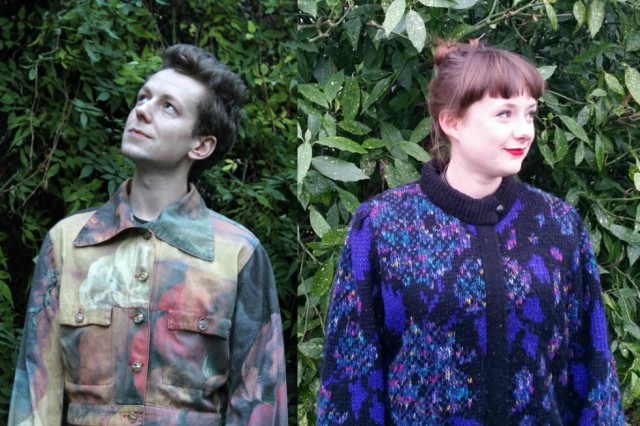
Tentative plans for 2017 include the introduction of an additional, more established curatorial mentor to each artist, in addition to the first mentor, and a potential project in London. As Bertolotti-Bailey stresses: “The programme is something we create with the artists. It’s not that we are following proscribed guidelines, rather that we are developing it in stages, which never happens! It’s quite a luxury to work this way.”
In July last year, Liverpool Biennial were successful in a £250,000 application to Arts Council England’s International Showcasing fund; a new curator/producer-led funding stream aimed at developing new markets and audiences for UK work internationally. As Gordon-Nesbitt concludes in her research, Liverpool Biennial, as a major cultural institution, has used its international influence to form a strategic partnership triumvirate and secure funding to develop a unique opportunity for artists in the North.
Bertolli-Bailey agrees. “I think that’s why we got it, we were being quite ambitious.” Another part of the programme will be designed to support the artists to develop their commercial presence. “It’s completely evident that for an artist to arrive, they need a market,” says Bertolotti-Bailey. “For that market to come and happen, connections need to be made and natured. We thought it was absolutely necessary to instigate those conversations organically.”
Frances Disley, artist, curator and co-director of MODEL Liverpool, reflects on the lack of an established market in the North. “That’s something that’s not on people’s radar up here”, Disley tells me. “I know what Ceri Hand did for people while she was here was really great, advocating for artists, putting them in touch with the right people/platform; that’s a really good thing when it works well. The programme feels like it could fill a real gap; the next thing that can really develop an artists’ practice.”
Disley has had an artistically assiduous year. Her recent work has been charged with a freedom and experimental vibrancy; think lustrously coloured gloss paint streaking down cardboard sculptures, resulting in new objects which are then further animated by Disley’s own body.
Delighted at being selected for the programme, Disley agrees that forging new networks beyond the region is crucial for continuing artistic development in the North. “I’ve been to loads of Arts Council meetings were we’ve discussed various ways to improve Liverpool as a desirable destination to advance artistic practice”, she says; “such as developing new opportunities to show outside of the city.” MODEL’s SCOUSE HOUSE exhibition series have sought to do this, literally exporting Liverpool’s artistic talent to Nottingham and Warrington.
The issue with artist-led activities, as Disley observes, is that there are natural resource constraints. “We try to informally initiate group crits at The Royal Standard, but generally the people who aren’t involved in those discussions are external curators and critics.” As we all know, buying a train ticket for anywhere beyond Manchester can seriously dent your wallet.
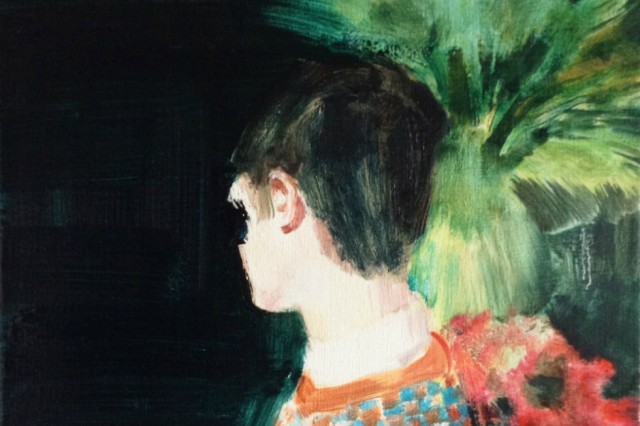
Asked if she felt the Artist Associate call came at the right time, Disley adds: “It wouldn’t have been as useful for me two years ago; I think I’d probably be still at a point where I needed more internal discussions. Now, however, I could do with external input.”
Writer, artist and curator Lauren Velvick was jointly selected with Robert Carter for their interdisciplinary curatorial unit the Exhibition Centre for the Life and Use of Books (fellow co-director Dan Fogarty is also an Associate Artist). “Robert and I were nominated for our collaborative work for the Modern Histories exhibitions, although we’ll probably do the programme separately”, Velvick explains.
“We really wanted to push our initial collaborative work further, but it’s something we just don’t have the resources to do without specific funding. We started doing a few separate things but kept our joint research interests in printmaking in mind. This is a good opportunity to do that.”
As the only joint selection, Velvick feels the open-ended nature of the programme will be advantageous. “I’m interested in how the programme will develop organically”, she says, “which is exactly how we’ve worked previously. I can’t think of anything else like this – it’s really exciting.”
Manchester based painter Lindsey Bull employs figurative painting to explore different psychological states through spatially evocative works. Bull has spent several years building artistic momentum with various solo and group exhibitions across the UK and internationally. Musing on her selection, Bull comments: “The time is right for me. I’ve had lots of shows in various places; I need to push to another level now and this will programme will help. My aim is to get gallery representation and greater exposure and new contacts is critical in achieving this.”
Bull was part of Manchester Salon, a peer-led artist group who invited arts professionals to critically discuss artistic practices in Manchester and the North-West. “We invited lots of curators to Manchester with Arts Council funding,” says Bull. “What we found was while having money to do this was great, establishing new links and networks is even better.”
A joint 2013 Castlefield Gallery/MIRAD report (entitled Analysing Artists’ Continual Professional Development (CPD) in Greater Manchester: towards an integrated approach for talent development) identified that artists value peer exchange, mentoring and the advancement of an informed support network as fundamental to any artistic development activities. While the Salon and critiques at The Royal Standard are self-initiated examples of peer exchange, the costs involved in internationally expanding these networks is restrictive. Closer and more responsive relationships between institutions and associate artists can mediate and fill a gap in provision.
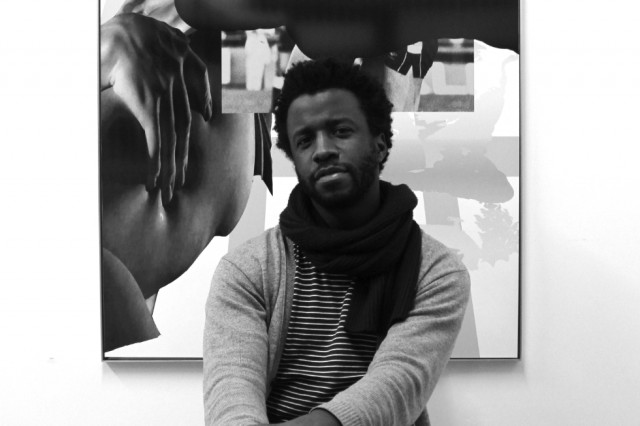
Simeon Barclay’s striking compositions, underpinned by myriad of cultural references, from Heinz Tomato Ketchup bottles to Diego Maradona, dynamically ruptures existing preconceptions of mediated cultural signifiers. Over the last year, Barclay has had solo exhibitions at Dam Projects and Set The Controls for The Heart of The Sun (STCTHOTS), and provided a major contribution to The Tetley’s recent exhibition, The Feast Wagon. Barclay is currently exhibiting work at The Royal Standard in Playing By The Rules.
“It couldn’t have come at any better time for me”, says Barclay. “There’s been a lot of interest in what I’m doing over the last two years. It’s not easy to sustain a practice; it’s really hard. However, if more press and interest comes to my work due to this – allowing me to have greater access to resources – then that would be great. All I want to do is make. It’s a great opportunity… although I don’t know what the end result is going to be.”
As a Leeds-based artist, Barclay and I discuss where the geographical perimeters lay during the Biennial’s selection process, with Barclay pointing out artistic talent in the North-East. Our discussion eventually turns to practising in the North. “A lot of artists who went to London are returning now as it’s not financially sustainable”, he notes. “Wherever they were based when they originally moved, there’s now more of a pull to return; something is in the zeitgeist about going back.”
Barclay also makes the lucid observation that, with curent levels of connectivity, “I can be based anywhere in the world now.” Bull concurs that being based in the North is not prohibitive. “Lots of artists live in the region but show internationally: it can be done. While there isn’t a market in Manchester, it’s about your networks. You shouldn’t be labelled ‘Northern artist’ – just an artist.”
Bertolotti-Bailey acknowledges this: “The Biennial is not based in London which also gives us a whole set of responsibilities. While we work on an international scale, we’re trying to make a point that you don’t need to live in London anymore to make it.”
And that’s the underlying message; artists can be based anywhere if there’s an opportunity to strengthen their networks and markets internationally.
Some may criticise the Liverpool Biennial Associate Artists programme as a closed opportunity that will only benefit the handful of artists selected. While true in a sense, this perspective is myopic, neglecting the vivacious and valuable contribution the 11 artists have already made through making work, writing, teaching, researching curating and organising. It’s highly possible that, emboldened by new international networks and opportunities, their future artistic activities will cross-pollinate, further increasing impact to the wider arts ecology in the North.
Once the programme has finished and the final funding report submitted, what legacy would Liverpool Biennial like to see?
Bertolotti-Bailey is clear. “More ambitious artistic activities undertaken at wider and further horizons; that’s what we’d like to see.”
Jack Welsh is a freelance researcher, writer and artist based in Liverpool
This article has been commissioned by the Contemporary Visual Arts Network North-West (CVAN NW), as part of a regional critical writing development programme funded by Arts Council England — see more here #writecritical
Read more information regarding the Liverpool Biennial Associate Artists Programme
‘Speed’ meet the Associate Artists at a special event Thursday 24 March 2016, 6.30pm, at the Bluecoat, Liverpool — FREE (booking required)
Images from top: Simeon Barclay; Robert Carter, Lauren Velvick and Daniel Fogarty’s ECLUB work at Modern History exhibition; Carter and Velvick; Lindsay Bull’s oil painting Checked Jumper (detail; 2014); Fran Disley’s Roll and Fix (still; 2015). All images courtesy the artists
For more context on Liverpool’s art scene, read Oliver Basciano’s 2014 feature for The Double Negative





